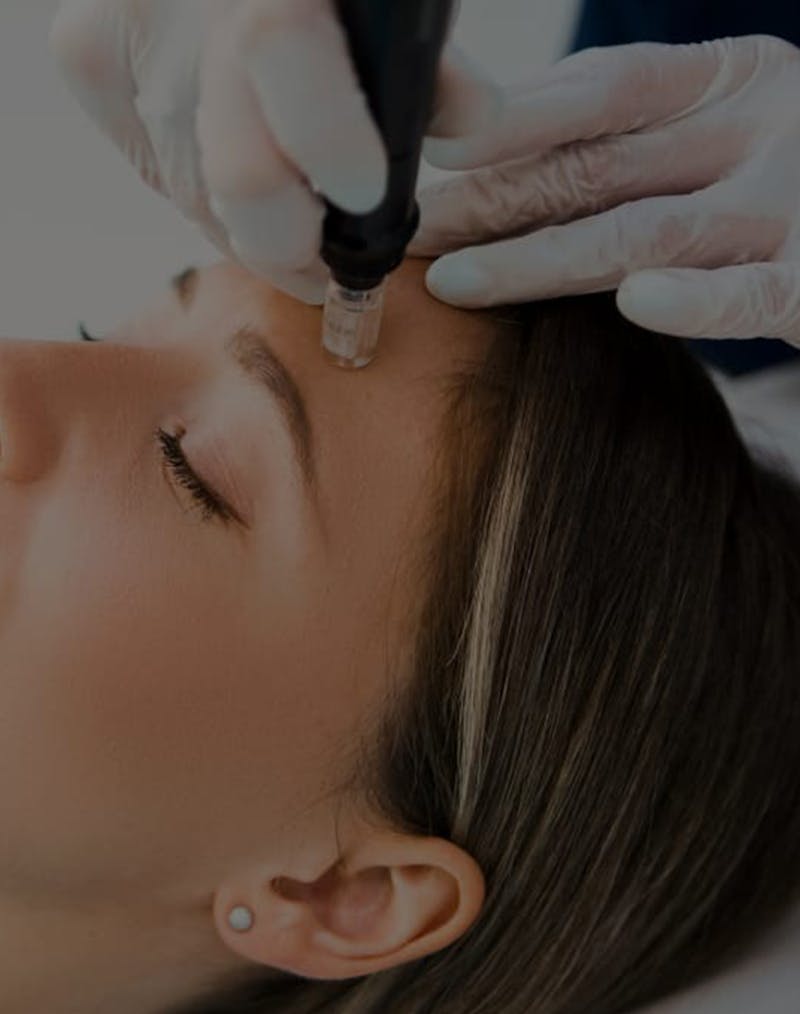
A comprehensive guide
Mohs surgery is a highly effective surgical technique that treats skin cancer by removing skin cancer cells from every layer of the skin until they are completely eliminated. The treatment is known for its high cure rates and its ability to remove cancerous cells while preserving all of the healthy surrounding tissue.
While Mohs surgery is a minimally invasive procedure, patients must keep in mind that the wounds take time to heal. The healing process following Mohs surgery varies depending on multiple factors, such as the size and location of the wound, the patient's overall health, and the extent of the surgery. Generally speaking, most patients achieve a full recovery about two to four weeks after the procedure.
What is Mohs Surgery?
Mohs surgery is a surgical technique designed to remove skin cancer. It got its name from Dr. Frederic Mohs, the scientist who developed the procedure in the 1930s. Mohs surgery is widely considered to be the most effective technique for treating various forms of skin cancer, such as basal cell carcinoma and squamous cell carcinoma.
This procedure involves removing the visible tumor and a thin layer of surrounding tissue. The tissue is then carefully examined under a microscope to verify that no cancer cells remain. If any cancer cells are discovered, the practitioner will remove another layer of tissue and examine it. This process is done over and over again until no more cancer cells are found.
Mohs surgery is usually performed on an outpatient basis and can take several hours to carry out. The procedure is performed under local anesthesia, meaning that the treatment area is numbed but the patient is awake. This procedure can treat skin cancer on areas such as the face, scalp, neck, hands, and feet while preserving as much healthy tissue as possible.
What is the healing process like after Mohs surgery?
After Mohs surgery, the healing process can vary from person to person. That said, there are some general guidelines that can help ensure a positive recovery for most patients.
Immediately following the surgery, it is normal for patients to experience some swelling and discomfort in the treatment area. This process typically involves applying a dressing to the wound, which must be kept clean and dry throughout the healing process. Pain medication and antibiotics may also be prescribed to reduce pain and prevent infections.
It is vital that patients avoid straining themselves, either through exercise or heavy lifting. It is also vital to avoid smoking and keep drinking at a minimum, as these can disrupt the healing process.
Scabbing or crusting around the edges is a normal phenomenon during the healing process. It is vital that the patient refrains from picking or scratching them, as this can cause scarring or infections. The wounds should also be protected from direct sunlight, as this can lead to discoloration or hyperpigmentation.
All things considered, the healing process after Mohs surgery can last for several weeks or months, depending on the location and surface area of the wound.
What factors affect healing time?
Ultimately, several factors will affect healing time after Mohs Surgery.
Location of the wound
Wounds on the face may take longer to heal due to increased skin tension. Areas with less blood supply, such as the shins, may also take longer to heal.
The size of the wound
Generally speaking, larger wounds will take longer to heal, as more tissue has been extracted and it will take longer to regenerate.
The type of skin cancer
There are different levels of aggressiveness for every type of cancer. For example, basal cell carcinoma is usually less aggressive than squamous cell carcinoma.
Patient's age and health
The patient's age and overall health can also impact the healing process. Older patients and those who have underlying health conditions may require a longer healing process.
How long does it take to heal?
While there are numerous factors that can affect the overall length of the recovery process, the general consensus is that most patients take four to six weeks to fully heal from their wounds.
What is the takeaway?
Mohs surgery is a highly effective cancer treatment that can effectively remove cancer cells without harming the surrounding skin. Patients who are in good health and only need to treat a small area can recover from the procedure quickly. As with any surgical procedure, it is vital that patients refer to an experienced dermatologist to carry out Mohs surgery.
If you're looking for a dermatologist in Cherry Hill, Lakewood, Jackson or other NJ-area cities, you can use our Location Finder to find the dermatologist closest to you.
